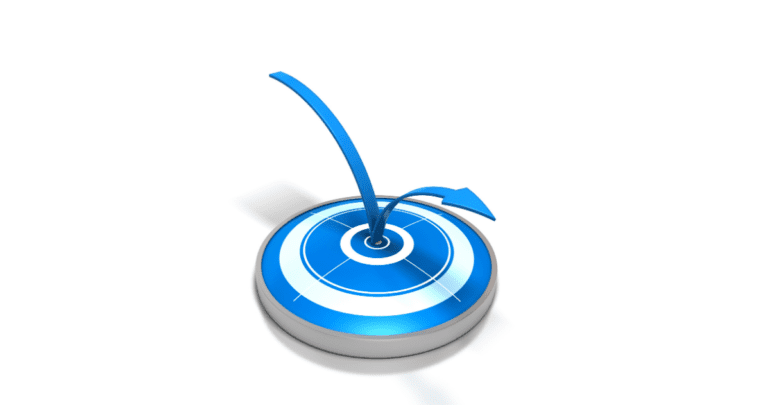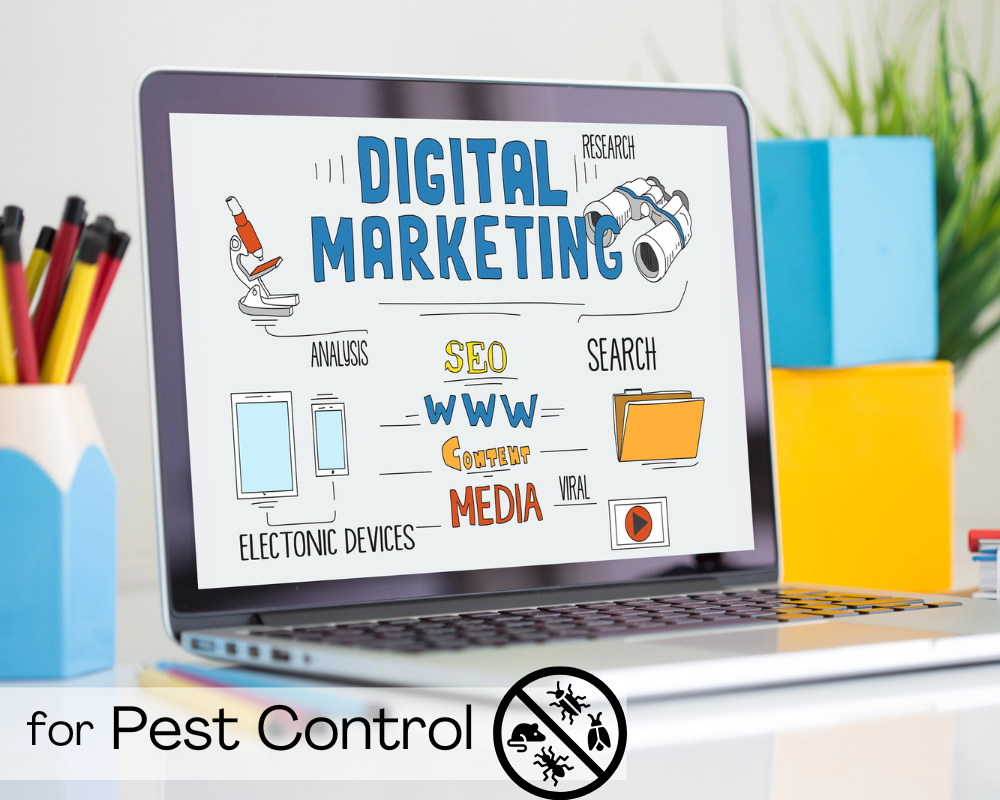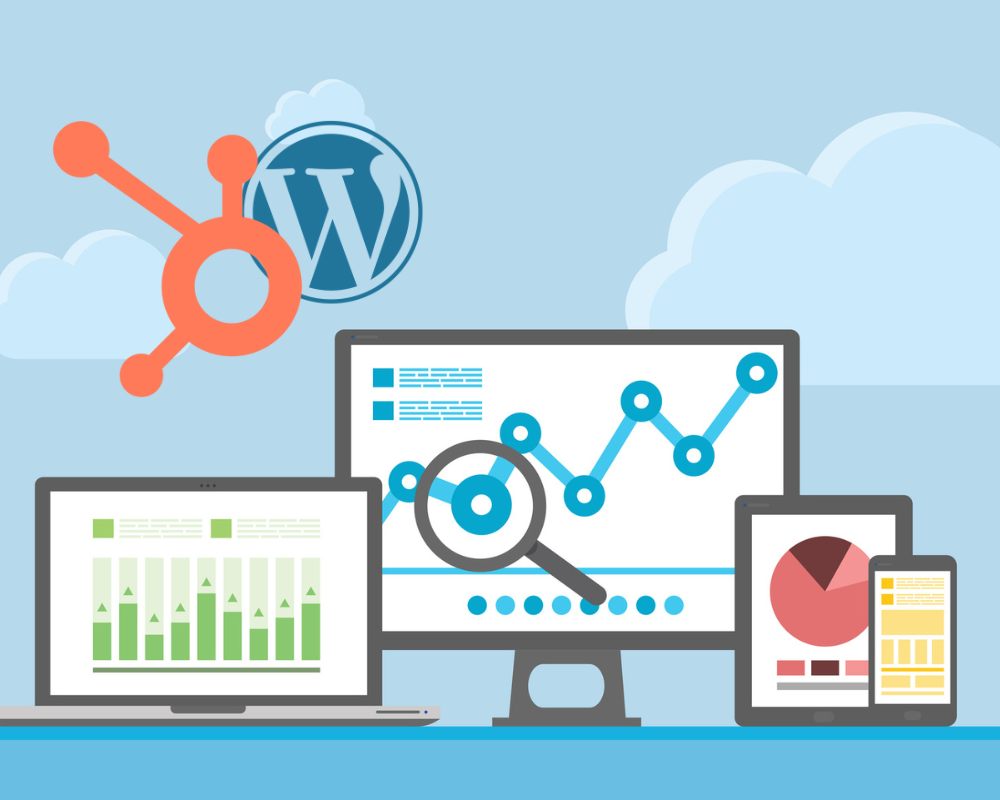7 Quick Website Changes That Make A Big Difference To Your Bounce Rate

There are several quick website changes that make a big difference to your bounce rate. Today we’re going to tell you about seven of them.
But before we do, let’s be sure we’re on the same page as to why this bounce rate is so important to your digital marketing efforts …
According to Google, a “bounce” is a single-page session on your site … when someone visits a page on your website and then leaves without clicking or tapping through to another of your pages.
Regardless of how long that person is actually on this one page of your website, a bounce has an official “session duration” of 0 seconds because it hasn’t triggered a hit on a second page that would let Google Analytics calculate the actual length of time spent on the first page.
A session duration of 0 is bad because it tells the Google algorithm that visitors leave without spending any time on your website. This signals to Google that your site isn’t relevant and/or not valuable for these visitors.
And if Google deems your site to be not relevant or valuable, your search ranking will suffer.
Your “bounce rate” is expressed as the percentage of all sessions on your site in which users viewed only a single page. It’s calculated by these single-page sessions divided by all sessions.
Low bounce rates are good. The lower the better, because this tells Google that your site is, in fact, helping the reader find what they were searching for.
So, here are those seven website changes that make a big difference to your bounce rate and keep it as low as possible:
- Always lead the reader to something else on your site with internal links to other pages. For example, link “Contact Us” to your contact us page.
- Utilize content categories and provide links to other related pages within the same category. “You might also like …” or “Related content …” are common ways to help the reader navigate to these other pages.
- Suggest additional pages that might be helpful. Make these suggestions right in the content of the page where it’s natural for the reader to think about something else.
- Break really long pages into multiple shorter pages. Instead of scrolling through section after section after section, let the reader click through to the next logical content section as a secondary page. Be careful not to make each section/page too short, though. That can be annoying instead of helpful.
- Optimize image and graphics size for fast loading. You don’t want your site visitor to “bounce” simply because they got tired of waiting for your content to load.
- Make your navigation menus easy to use. Your reader should be able to quickly and easily find what they’re looking for so they can click through to the appropriate page(s) they want to be on. (Remember, those additional click-throughs will lower your bounce rate.)
- Make your links noticeable and recognizable as clickable/tappable links that take the reader to another page of related content. This is most often accomplished by making the words a different color, with or without an underline.
Overall, always keep the reader in mind. What do they need to do next on your site to accomplish their goal of being there? What page on your website is the next logical step in their journey to finding the solution they’re looking for?
Make these page transitions — these internal links — easy for your reader to use so that they visit multiple pages on your site. In doing so, you’ll have a satisfied site visitor and lower bounce rates. And that makes everyone happy.
We would love to help you lower your bounce rate. Contact us to learn more.







